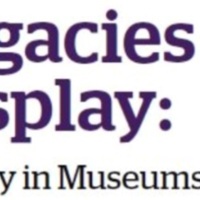
Museum of Modern Day Slavery
The Museum of Modern Day Slavery opened in 2014. It is managed by Elijah Rising, a prayer gathering that aims to end sex trafficking through prayer, awareness, intervention, and restoration. The museum is a big part of that mission and is housed in a former brothel that Elijah Rising negotiated the closure of in 2012. It is the only museum in the USA dedicated solely to interpreting and raising awareness for slavery in the present day.
The location of the museum provides visitors with a rare opportunity to see inside a brothel. Throughout, there is text interpretation that provides information about sex trafficking in Houston. This is supported by a small collection of artefacts that have been collected by the museum's staff and volunteers when conducting field research with victims of trafficking in the city. The museum also draws attention to the victories of abolitionists in the past through text panels to inspire visitors to take action to end slavery in the present.
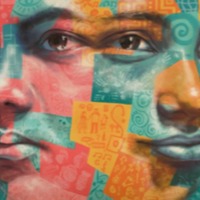
Sameena
The Netherlands is a source, transit and destination country for men, women and children trafficked for the purposes of commercial sexual exploitation and forced labour. It is estimated that around 175, 000 people are living in conditions of modern slavery in the country. It is reported that many women are trafficked within the country in to forced prostitution. Victims are often trafficked by so called ‘pimp boys’ or ‘lover boys’ – men who seduce young women and girls, gaining their trust and then forcing them in to commercial sexual exploitation. Sameena was 18 years old when she left home and became homeless. Sameena got a job in the catering agency where she met her boyfriend, Jim. One evening Jim invited Sameena to his apartment, where she arrived to a number of his male friends. That night was the first time she was raped. After that, for two years Sameena was forced to work as a prostitute. Even after physically escaping, Sameena still struggled to mentally free herself from her past exploitation. In this narrative Sameena tells of how running helped her overcome her past trauma
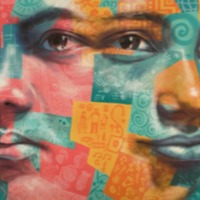
Maya A
There are an estimated 136,000 people living on conditions of modern slavery un the United Kingdom (Global Slavery Index 2018). According to the 2017 annual figures provided by the National Crime Agency, 5, 145 potential victims of modern slavery were referred through the National Referral Mechanism in 2017, of whom 2,454 were female, 2688 were male and 3 were transgender, with 41% of all referrals being children at the time of exploitation. People are subjected to slavery in the UK in the form of domestic servitude, labour exploitation, organ harvesting and sexual exploitation, with the largest number of potential victims originating from Albania, China, Vietnam and Nigeria. This data however does not consider the unknown numbers of victims that are not reported. Maya was just 12 years old when she was forced into the world of commercial sexual exploitation. Despite going to school, having foster parents and social workers, nobody in her life recognised the signs of her exploitation. Maya was finally rescued when a policeman refused to dismiss the signs and looked further in to her situation. Maya’s narrative demonstrates the importance of continued support for survivor’s of slavery.
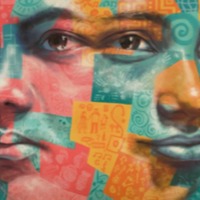
Jade
The United States is a source, transit, and destination country for men, women, transgender individuals, and children—both U.S. citizens and foreign nationals—subjected to sex trafficking and forced labour. Trafficking occurs in both legal and illicit industries, including in commercial sex, hospitality, traveling sales crews, agriculture, seafood, manufacturing, janitorial services, construction, restaurants, health care, care for persons with disabilities, salon services, fairs and carnivals, peddling and begging, drug smuggling and distribution, and child care and domestic work. This individual was sold into to slavery from Mexico to the US by her sister at the age of 13. Denied access to her baby, she was forced to provide sexual services for both men and women. Though she was promised her baby would be taken care of, neither she nor the baby were provided medical care and the baby died of leukaemia. This individual was finally able to escape out of a window and go to the police, however, after being deported to Tijuana returned to the US where her trafficker told her he was finally in love with her.
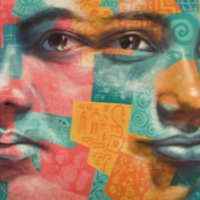
Remy
In the Philippines, women and children are subjected to sexual exploitation in brothels, bars, and massage parlours, online, as well as in the production of pornography. The Philippines is an international hub for prostitution and commercial sex tourism – a highly profitable business for organised criminal syndicates. The demand for sex with children among both local and foreign men has continued to fuel child sex tourism. Rising internet usage rates, the availability of mobile phones and poverty has fostered online child sexual exploitation. Remy was 12 years old when she ran away from a verbally and sexually abusive family. During a night out with friends she was introduced to a man who offered her a job in a club in Cotabato City. Upon arrival Remy was sold to the manager of a sex club where she was forced to provide sexual services for men under the threat of violence. Feeling hopeless, Remy was finally rescued by police when trouble at the club led the manager to move her and others to Cebu City.